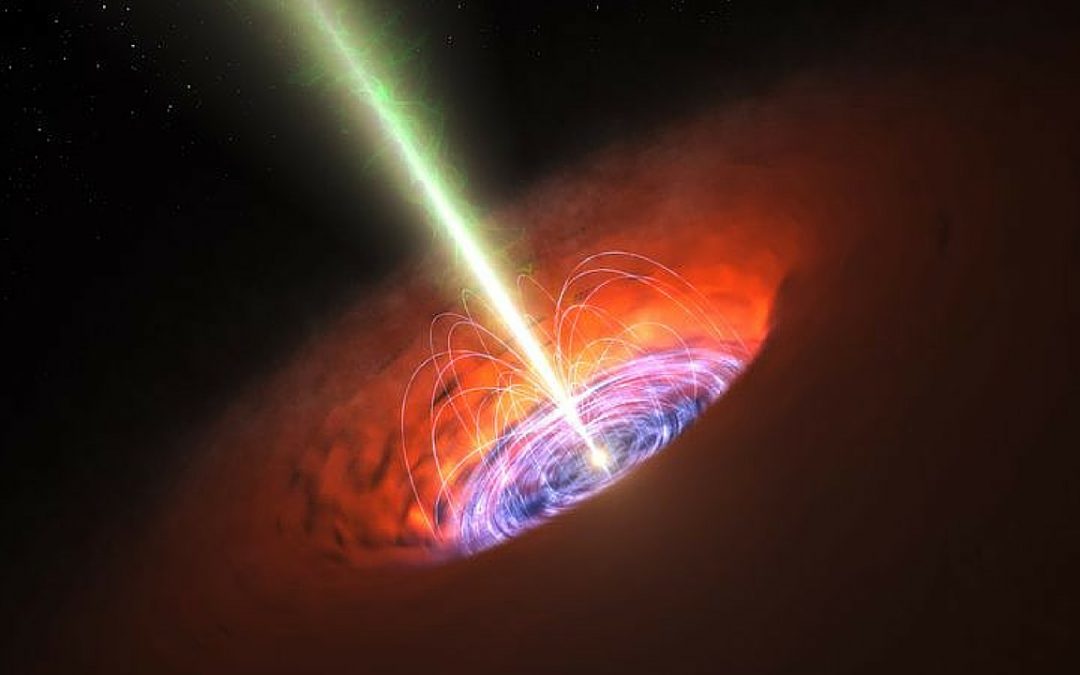A celestial body is a single cohesive structure that is bound together by gravity. Asteroids, moons, planets, and stars are all common examples of celestial bodies, but some of the ones out there are a lot more strange and unique. Sometimes the celestial bodies that are discovered can be so strange, that it actually reshapes what scientists think is possible about the universe and the way it works.

The Black Widow Pulsar
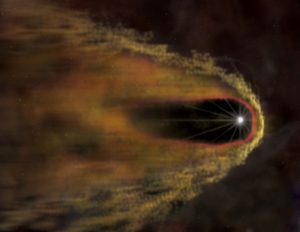
This pulsar weighs as much as two suns but is only the width of Washington DC. It’s an eclipsing binary millisecond pulsar discovered in 1988. It orbits a brown dwarf companion with a period of 9.2 ours, with an eclipse period of of around 20 minutes. The black pulsar steals energy from a neighbouring star. The pulsar gains more energy this way which makes it spin faster, but eventually strips the star of it’s material until it eventually disappears. Astronomers have found 18 black widows within the milky way galaxy.

CFBDSIR2149 – Planet That Wonders Through Space
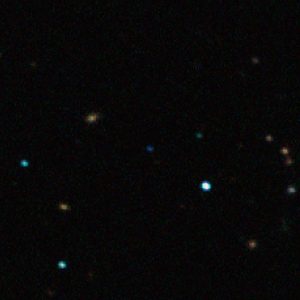
Copyright ESO/P. Delorme / (CC BY 4.0)
This a rogue planet, that doesn’t orbit a star like most planets. It’s a free floating planetary mass that just wanders the universe. This is not the only rogue planet it’s just the closest, scientists estimate there are billions of rogue planets in the universe. CFBDSIR2149 is 100 light years away. It’s possibly a kinematic member of the AB Doradus Moving Group. It’s estimated mass is below 13 Jupiter masses. It’s possible this was planet was ejected from it’s solar system during it’s formative years.

Gamma Ray Bursts
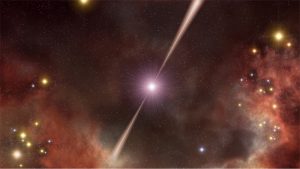
Copyright ESO / (CC BY 4.0)
Gamma ray burst or GRBs are flashes of gamma rays with extremely energetic explosions that may have been observed in distant galaxies. They are the brightest electromagnetic events known to occur in the universe. Bursts can last from milliseconds to hours. The first gamma burst is usually succeeded by a longer-lived afterglow emitted at longer wavelengths. The majority of GRB’s are believed to consist of a narrow beam of intense radiation released during a supernova or hypernova as a rapidly rotating high mass star collapses to form a neutron star, quark star, or black hole. The sources of most GRBs are billions of light years away from planet earth which implies that the explosions are both extremely energetic and extremely rare.

Gliese 436 b – burning ice

Copyright Aldaron, a.k.a. Aldaron / (CC BY-SA 3.0)
This is an ice planet that is amazingly hot. Room temperature is enough to mel ice on earth, but this ice planet is so hot that humans couldn’t possibly stand the heat, yet the ice hasn’t melted. The planet completes it’s orbit in only 2 days and a half days. This implies that the planet is very close to it’s parent star, and would have a temperature around 980 degrees Fahrenheit. It should be far too hot for any ice to survive without melting. Astronomers came to the conclusion that this planet holds an unknown type of ice known as Ice-x. Although it’s not certain how this is possible, one theory is that the planet has such a powerful gravitational pull that it compresses tiny amounts of water vapour into it’s atmosphere which stops it from melting. This is one of the most unique and mystifying celestial bodies in space.

White holes
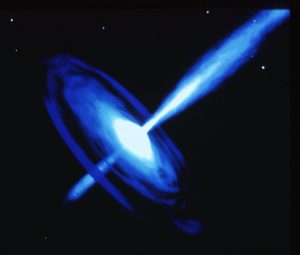
White holes are the opposite of black holes. With black holes you can only enter, and nothing ever escapes it, but with white holes nothing can enter, and light and matter can escape from it. IT is a part of the theory of eternal black holes. As well as a black hole region in the future, such a solution of the Einstein field equations has a white hole region in it’s past. White holes are still only a hypothetical region of spacetime. There has never been a white hole observed, and how they could even form is still unexplained. The white hole hypothesis was put forward by I.Novikov in 1964.

Cataclysmic variables
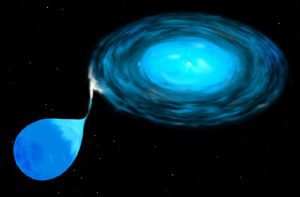
Cataclysmic variable stars are ones that irregularly increase in brightness by a large factor and then decrease back down to a quiescent state. Cataclysmic variable stars are binary stars with two components, a white dwarf primary, and a mass transferring secondary. The white dwarf is stripping the nearby star of all it’s gas. Because of this the secondary star is commonly called the donor star. The process can lead to Type la supernova explosion which would completely destroy the white dwarf.

Hercules Corona Borealis Great Wall

Copyright NASA, ESA, Harald Ebeling (University of Hawaii at Manoa) & Jean-Paul Kneib (LAM) / (CC BY 3.0)
This is the one of the biggest celestial bodies in the universe, and the largest structure in the known universe, it’s 10 billion light years in size. It’s a massive galactic superstructure in a region ogf the sky seen in the data set mapping of gamma-ray bursts. It’s 1/9 the diameter of the observable universe. However the clustering contains 19 to 22 GRBs, and spans a length three times longer then rest 14 GRBs. The clustering crosses over 20 constellations and covers 125 degrees of the sky, close to 15,000 square degrees in total area, which translates to around 18-23 billion light years in length. The overdensity was discovered by a group of astronomers from in America and Hungary, and the team was led by I.Horvath, J. Hakkila and Z. Bagoly.

Galactic cannibalism
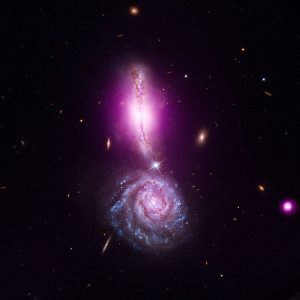
Galaxies contain billions of stars, and because of this galaxies have extraordinarily strong gravitational forces. The weight of a galaxy is so strong that two galaxies can feel the gravitational pull of the other, and are slowly travelling towards each other until they eventually collide with each other. When galaxies get close enough it looks as if one is literally being absorbed by the other. Eventually the two galaxies will merge together, and become a much larger galaxy, and often an irregular galaxy. Irregular galaxies are the most common type of galaxy to come from this process but elliptical galaxies can also occur.

Hypernova
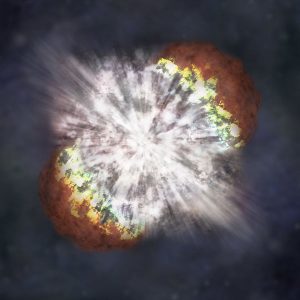
You may have hear of a supernova, but that is nothing compared to a hypernova. A hypernova is when a star explodes with an energy substantially higher than that of a standard supernova. It’ one of the most catastrophic events in the universe, and one of the biggest explosions that can possibly happen. Hypernovae are produced by many different types of stellar explosion. There have been multiple hypernovae corresponding to supernovae type Ic and type IIn. Remnants of a hypernovae were actually found in a galaxy 25 million light-years away. The giant explosions are produced by suns 5-10 times more massive than our own. It’s possible that hypernovae are the most powerful explosions since the big bang.

Supermassive Black Holes
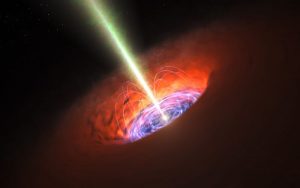
A supermassive black hole is the largest type of black hole in the order of hundreds of thousands of solar masses. You can find one at the centre of almost every large galaxy there is. In our own galaxy, there is a supermassive black hole corresponding with the location of Sagittarius A*. The hypothesis of a supermassove black hole at the centre of the milky way galaxy was put forth by Donald Lynden-Bell and Martin Rees in 1971. On February 13th and 15th, 1974 the astronomers Bruce Balick and Robert Brown discovered, and named Saggitarius A*.

